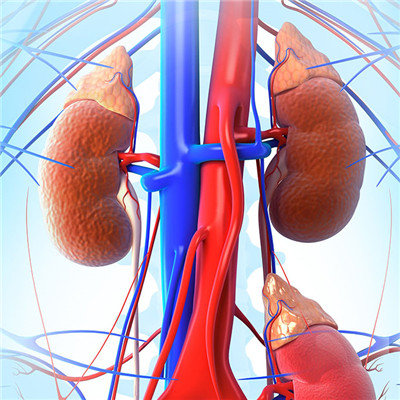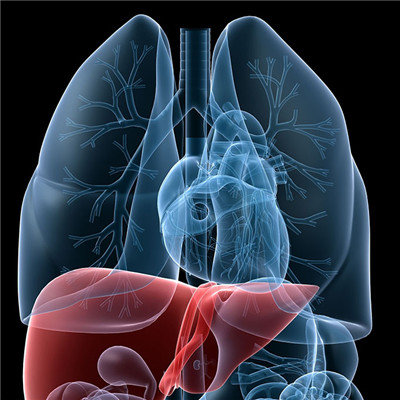What are the symptoms of benign prostatic hyperplasia
summary
Benign prostatic hyperplasia (BPH) is a kind of prostate disease that occurs in middle-aged and elderly men. It has a great impact on patients, can directly affect men's sexual function, and has great harm to men. Next, I will briefly talk about the symptoms of BPH, hoping to provide some help for you
What are the symptoms of benign prostatic hyperplasia
Symptom 1: first, frequent urination and urgency: the main clinical manifestations are frequent urination, mainly nocturia, mild dysuria and urinary tract irritation symptoms such as urethral and perineal discomfort, little residual urine (less than 50 ml), and no obvious decrease in maximum urine flow rate

Symptoms two: followed by dysuria: dysuria, residual urine volume increased, voiding effort, maximum urine flow rate significantly reduced, voiding time prolonged significantly, and urinary flow pattern showing a multiwave * curve. During this period, many inducements (fatigue, cold, urinary retention, drinking, sexual life, etc.) could cause urinary retention.

Symptom 3: and then there is. Residual urine deposition: at this stage, the residual urine volume can reach more than 150 ml, or even hundreds of ML, the bladder is dilated, the bladder function is in a state of decompensation, and the dysuria is more serious. It can often occur with overflowing urinary incontinence, ureteral reflux, renal function damage, urinary hesitation, weakness, and sometimes need external force to assist urination

matters needing attention
Find the disease in time, go to the regular hospital for treatment as soon as possible. The impact of benign prostatic hyperplasia on patients is great, we timely understand the relevant knowledge of good symptoms, I believe it is helpful.

















